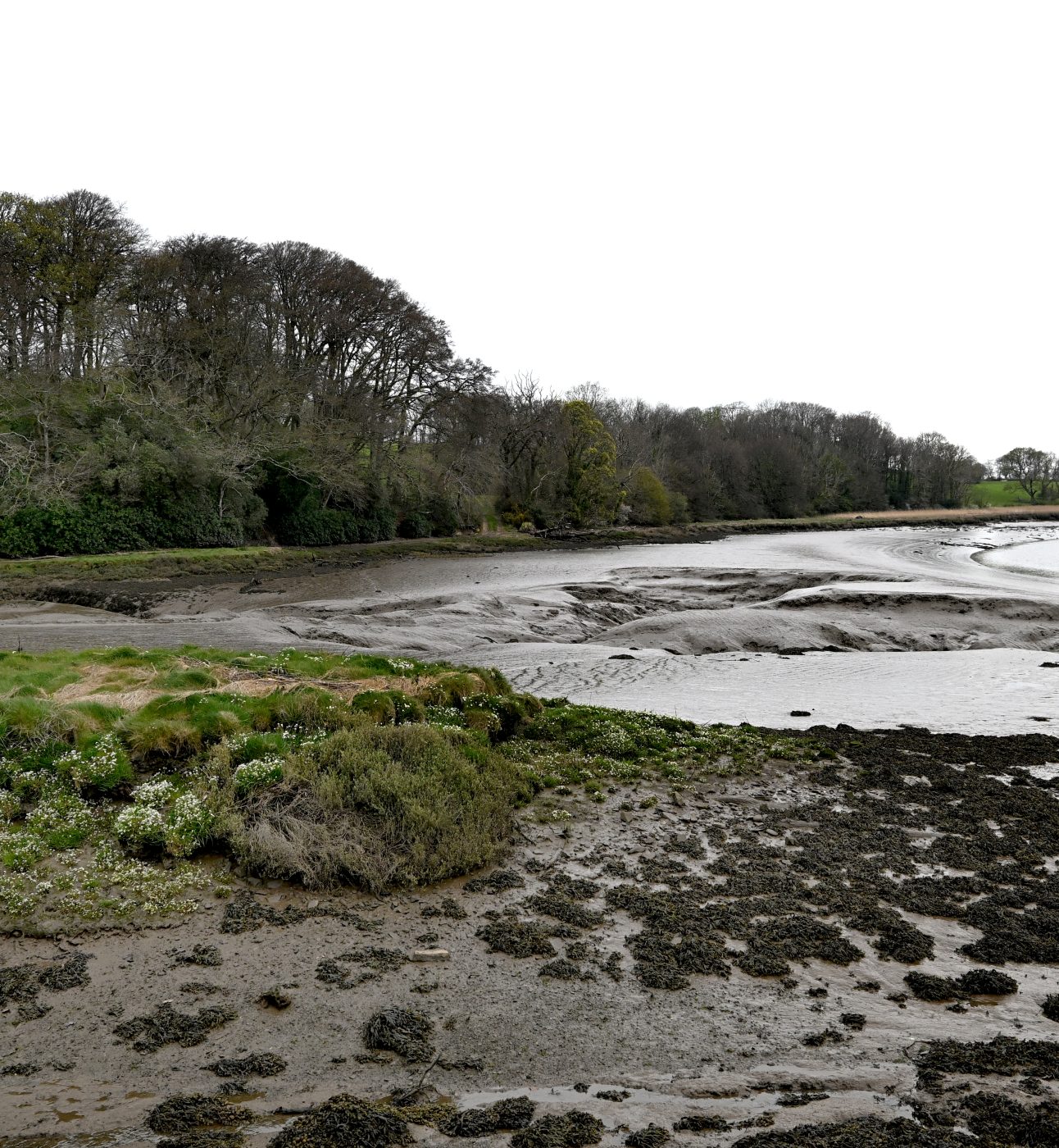
River Cleddau
Polluted to the brink from source to sea, this once thriving river in Pembrokeshire Coast has seen an alarming decline in health.
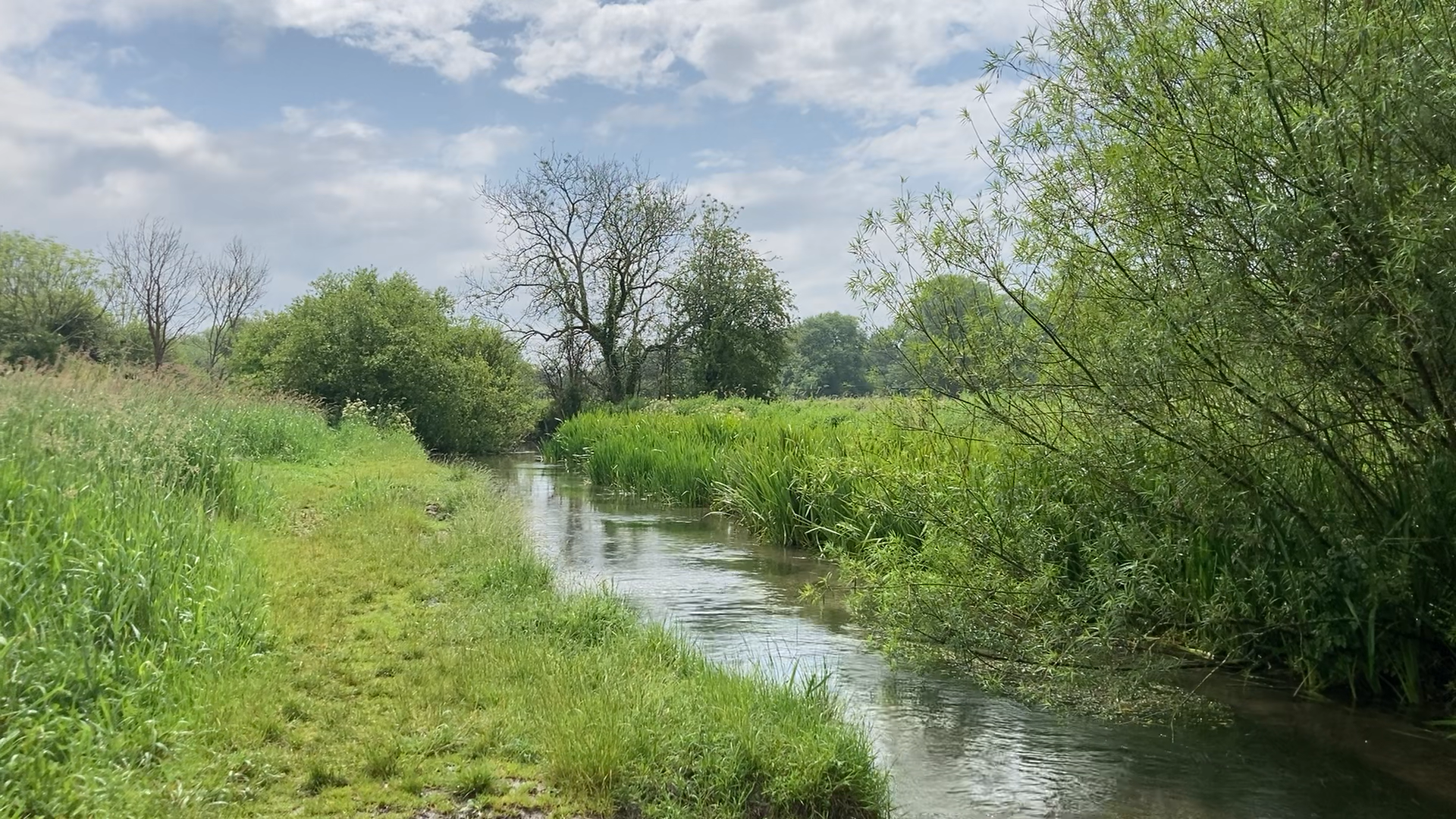
The River Meon is one of the world’s 200 precious chalk streams (80% of which are in Southern England). With gin clear waters weaving through the South Downs National Park, the River Meon is stunning river and home to iconic species such as water voles, kingfishers and many of our native fish species.
Despite the fact that it’s an incredibly rare habitat the River Meon is at risk from acute over-abstraction – removal of water from a natural source for a variety of uses such as drinking water.

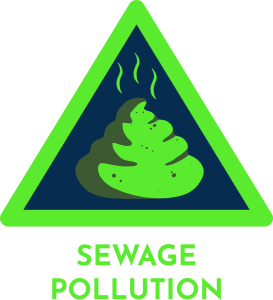
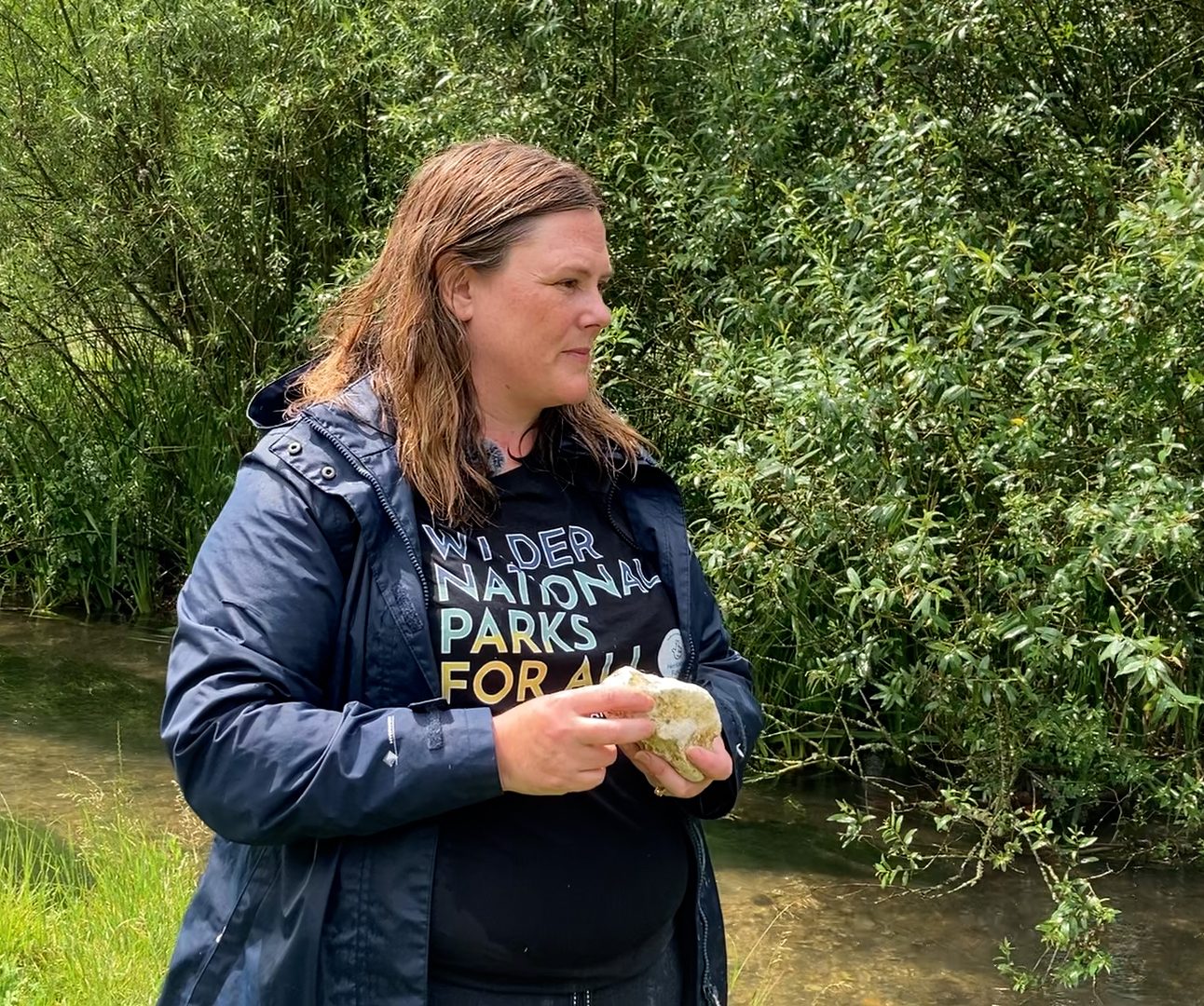
Dr Rose O’Neill explains why this unique and precious river is at risk
If abstraction licenses were taken to their full extent, causing significant environmental damage.
The habitats along the river are lacking in diversity which restricts the ability of wildlife to thrive or natural features to manage the impacts of erosion and climate change.
Sewage treatment works, septic tanks and storm overflows combined accounted for 80% of the average dissolved phosphorus present in the river.
The River Meon was identified by the National Rivers Authority in 1991 as suffering from acute low flows caused by abstraction. In 2025, it’s flows still do not support good ecological status – 100% of the river is considered to have a moderate status according to the water framework directive.
Neither a Special Area of Conservation nor a Site of Special Scientific Interest, and with the protected status of National Park currently accounting to little in water company planning, this ‘over-abstracted’ river is not protected. If licences were taken to their full extent, up to 70% of its flow could be abstracted, causing significant environmental damage.
It’s not just abstraction impacting the river, the warming effects of climate change are having a serious impact on wildlife in the river. As the river heats and flows drop, pollutants became more concentrated. Downstream, the estuary has heated up to an astonishing 25 degrees, disastrous for migratory fish that use the rivers to spawn, resulting in critically low salmon numbers (mirrored on rivers across the South, including the neighbouring Itchen and the Exe in Exmoor).
Shady banks and cooler temperatures are a blessing for fish in a changing climate, however, the habitat score for the river is only 35.9 out of 100 which means that the habitats along the river are lacking in diversity which restricts the ability of wildlife along the river to thrive or natural features to manage the impacts of erosion and climate change.
The biggest challenge for the river remains the water industry which is highlighted as the sole reason for not achieving a good status across all of the river’s water bodies. There were 3240 hours of storm overflow and sewage in the river in 2024 and sewage treatment works, septic tanks and storm overflows combined accounted for 80% of the average dissolved phosphorus present in the river.
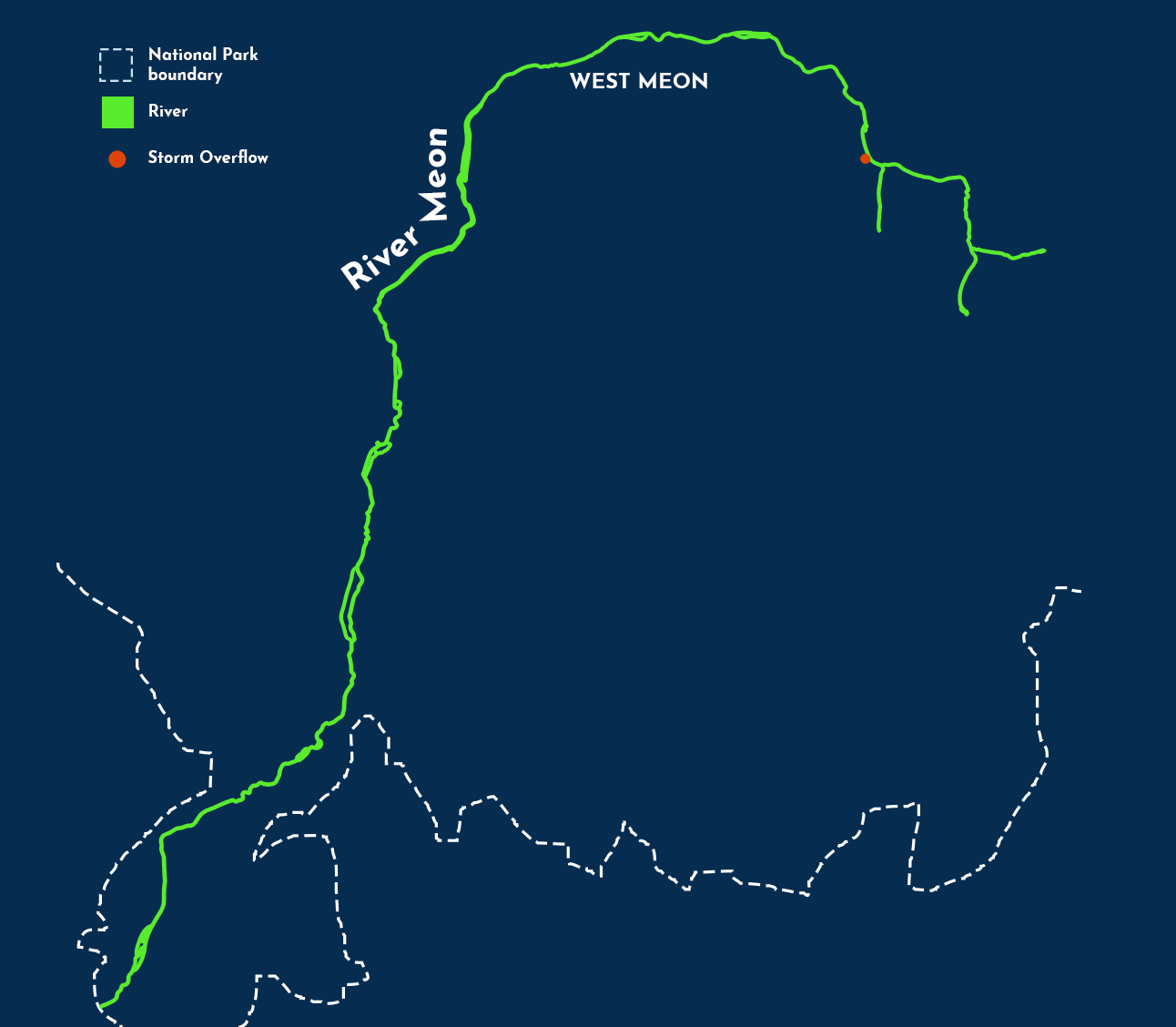
The River Meon is just one of the many rivers, lakes and streams at risk in our National Parks.
There’s too much at risk if we continue polluting, degrading and destroying the waterways in National Parks, but we have an opportunity now to bring forward new regulations to clean up National Park waterways as a priority.
Help us rescue our rivers today.
Dr Rose O'Neill, Chief Executive Campaign for National ParksThis river is the lifeblood of the landscape and it's such an intrinsic part of the natural beauty, wildlife and cultural heritage of the [South Downs] National Park.

Polluted to the brink from source to sea, this once thriving river in Pembrokeshire Coast has seen an alarming decline in health.

Deemed unsafe for swimming in recent years, this river in the New Forest is a pollution hotspot.
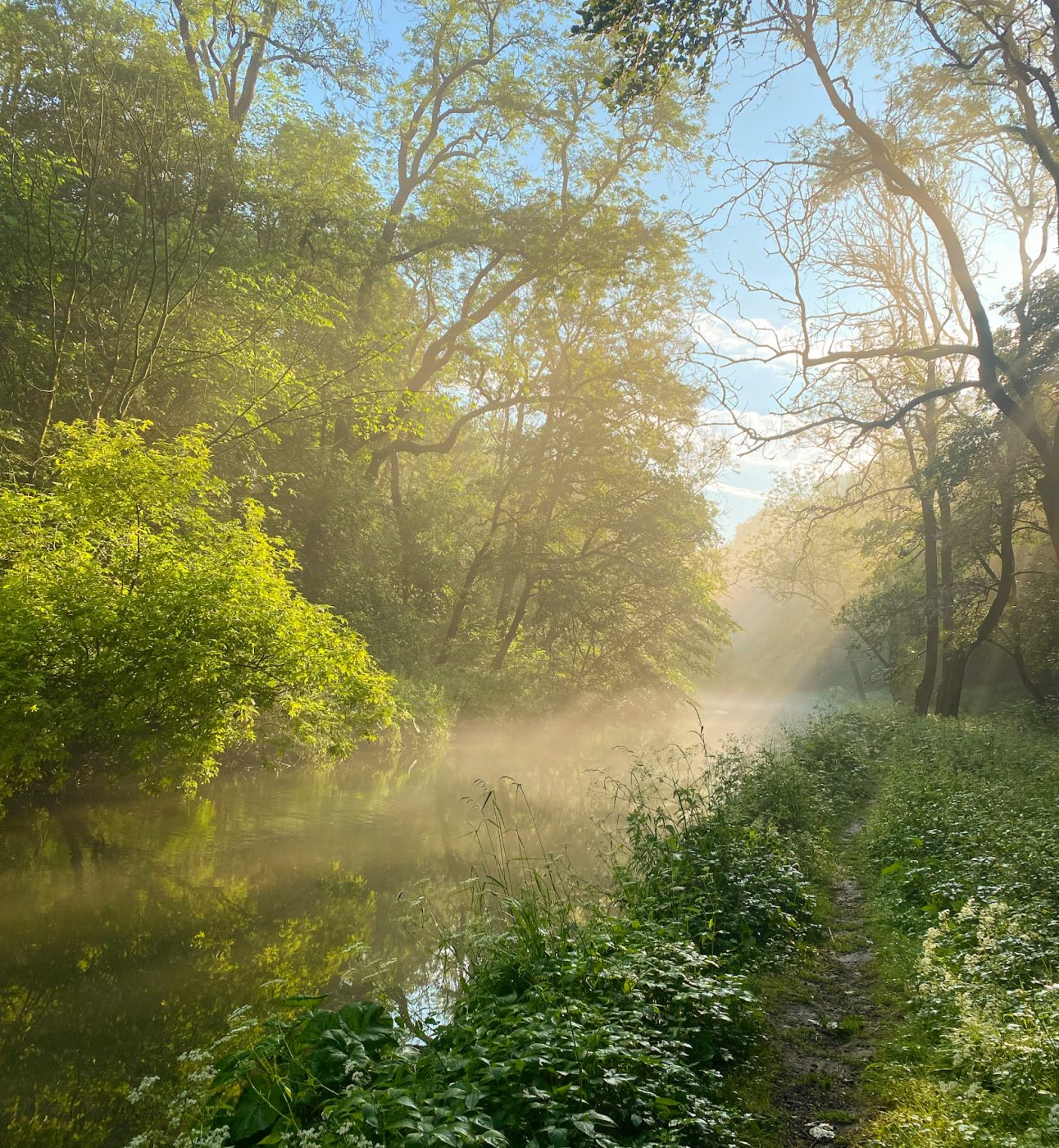
With pharmaceutical pollution at levels higher than some UK cities, this significant waterway in the Peak District is a chemical cocktail.